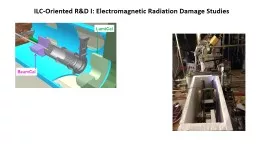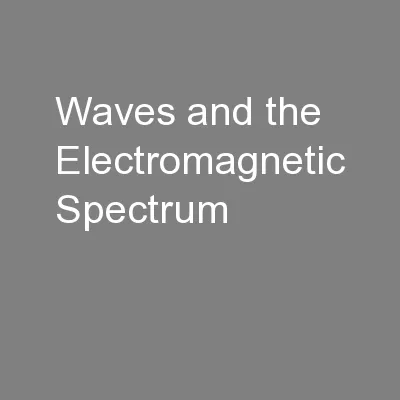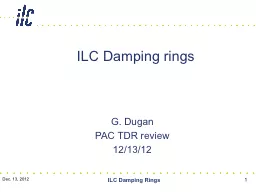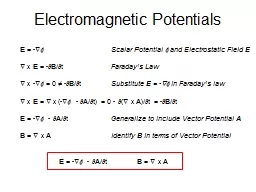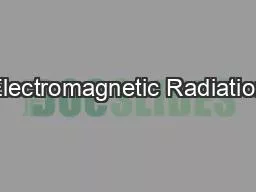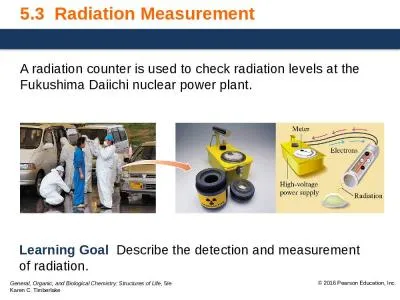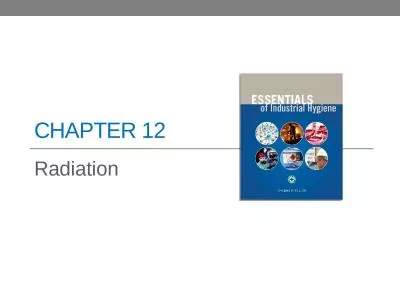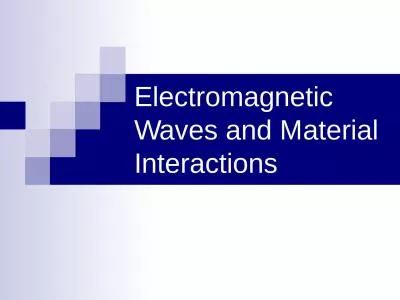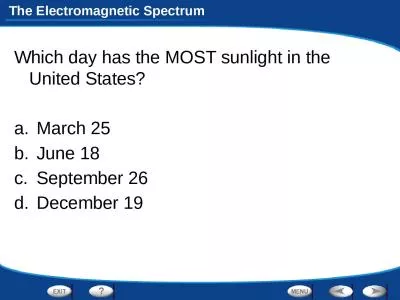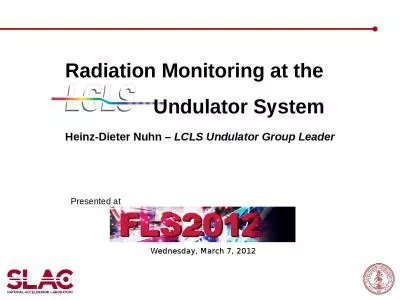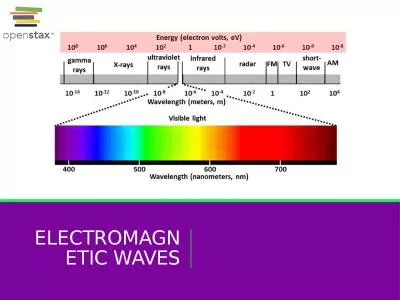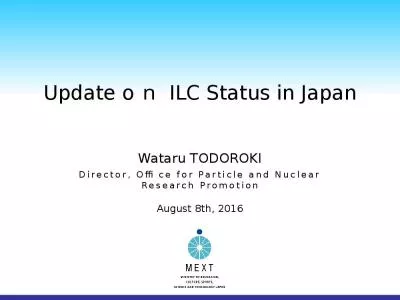PPT-ILC-Oriented R&D I: Electromagnetic Radiation Damage St
Author : celsa-spraggs | Published Date : 2017-04-16
BeamCal instrument expected to receive up to 100 Mrad per year of electromagneticallyinduced radiation SLAC Experiment T506 uses End Station Test Beam directed
Presentation Embed Code
Download Presentation
Download Presentation The PPT/PDF document "ILC-Oriented R&D I: Electromagnetic ..." is the property of its rightful owner. Permission is granted to download and print the materials on this website for personal, non-commercial use only, and to display it on your personal computer provided you do not modify the materials and that you retain all copyright notices contained in the materials. By downloading content from our website, you accept the terms of this agreement.
ILC-Oriented R&D I: Electromagnetic Radiation Damage St: Transcript
Download Rules Of Document
"ILC-Oriented R&D I: Electromagnetic Radiation Damage St"The content belongs to its owner. You may download and print it for personal use, without modification, and keep all copyright notices. By downloading, you agree to these terms.
Related Documents

